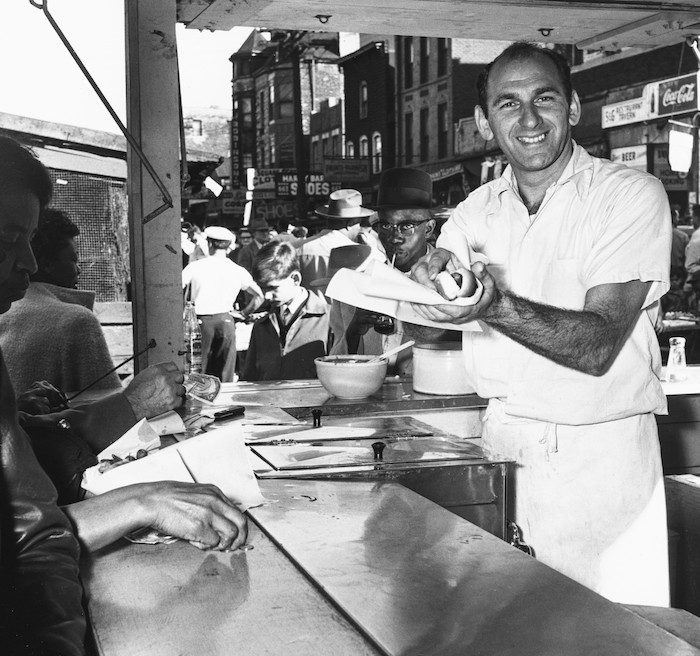Latest Posts
A City within a City
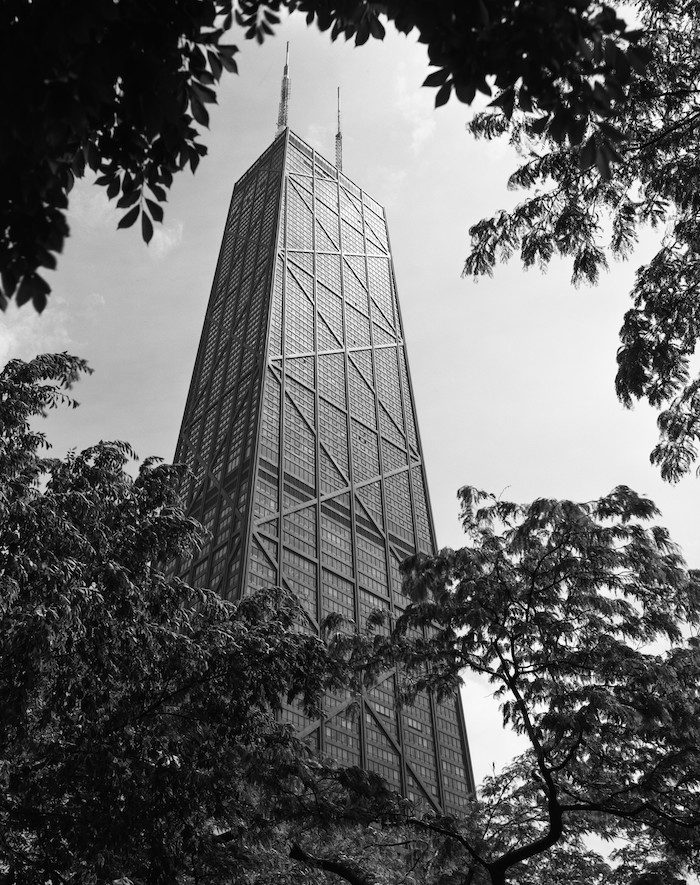
Discover how a skyscraper can be a “city within a city.” Play charades to explore the amazing places and activities within a skyscraper and create your own “city within a city.” Share on social media using the hashtag #CHMatHomeFamilies.
L Stands for Elevated
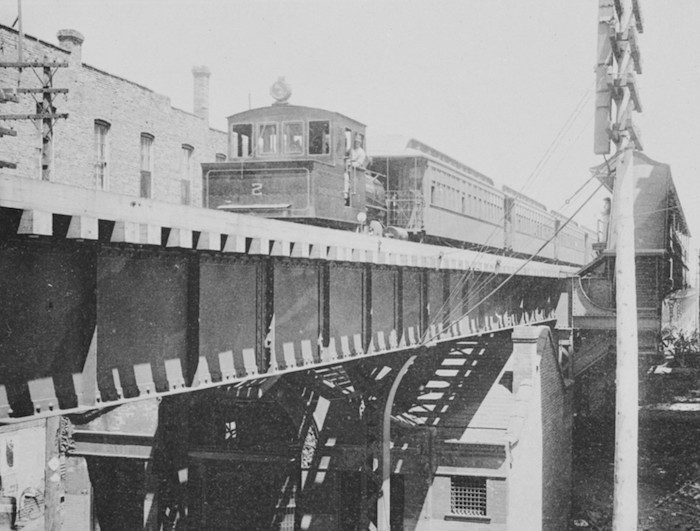
Explore Chicago’s famous train system through photographs of L Car No.1 and a fun trivia game. Then build your own L car. Share on social media using the hashtag #CHMatHomeFamilies.
Plan It!
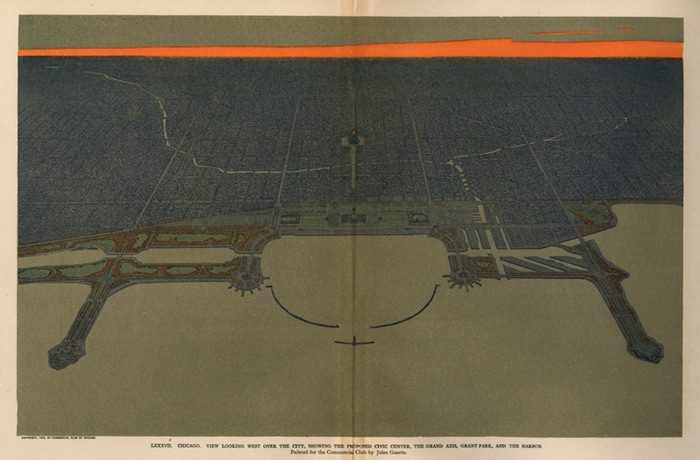
Learn how the 1909 Plan of Chicago proposed ideas to make Chicago a better place to live and changed the city for years to come. Then make your own plan for an ideal community. Share on social media using the hashtag #CHMatHomeFamilies.
Much like Chicago’s other seventy-six community areas, Humboldt Park has a diverse history of immigration. Danish, Norwegian, Germans, Scandinavians, Polish, and Russian Jewish immigrants all moved into the area as the city expanded west. By the 1960s, Humboldt Park had a growing Puerto Rican community and became known as Paseo Boricua and La Division. But like many communities of color in Chicago, Puerto Ricans faced constant harassment and unfair treatment by the police. Learn more about the neighborhood’s history through this week’s activities!
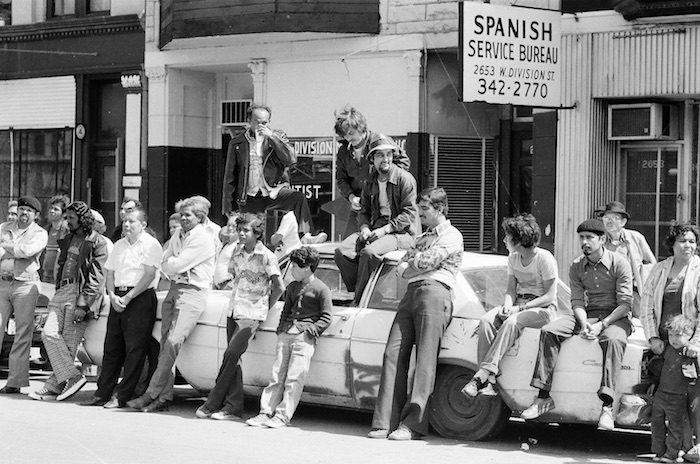
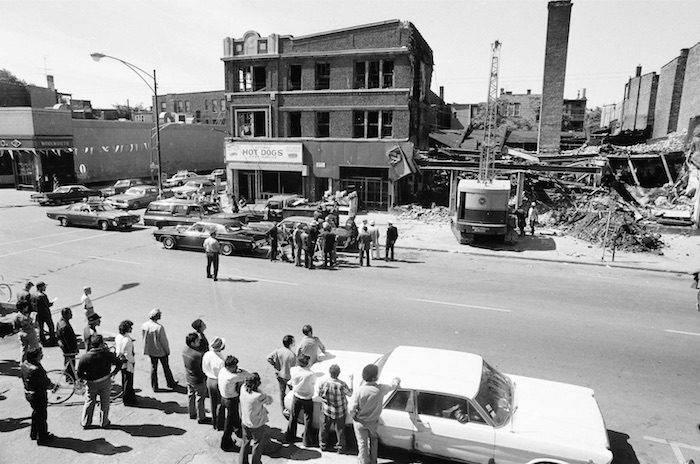
Al igual que las otras setenta y seis áreas comunitarias de Chicago, Humboldt Park tiene una historia diversa de inmigración. Los inmigrantes daneses, noruegos, alemanes, escandinavos, polacos y judíos rusos se mudaron al área mientras la ciudad se expandía hacia el oeste. En la década de 1960, Humboldt Park se convirtió en el hogar de la comunidad puertorriqueña. Como el centro de la cultura puertorriqueña en Chicago, ahora se conoce como Paseo Boricua y La Division. Pero al igual que muchas comunidades de color en Chicago, los puertorriqueños enfrentaron persecución constante y trato injusto por parte de la policía. ¡Aprenda más sobre esta historia con las actividades de esta semana!
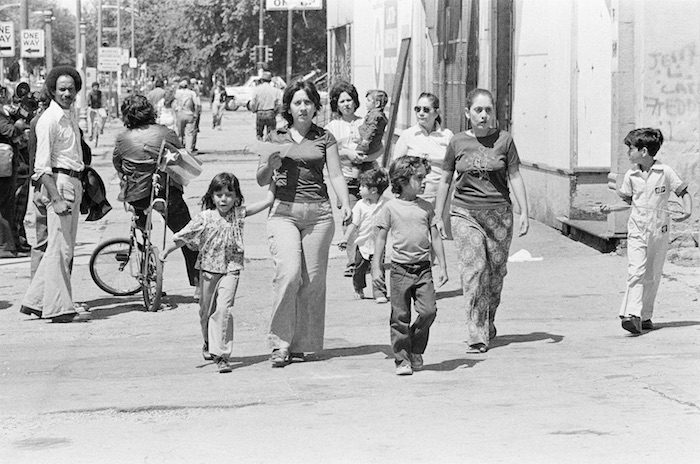
Hood by Hood: Discovering Chicago’s Neighborhoods
In this week’s challenge, explore the rich history of Humboldt Park. When Puerto Rican immigrants came to Chicago, they faced many challenges. In response, they made choices that shaped the neighborhood of Humboldt Park, making it an essential part of the city’s identity. Explore images of the neighborhood, read a short article about its history, dig deeper via a short video, listen and read along with a short audio, and get creative as you design a star for the Chicago flag representing Humboldt Park.
Barrio por Barrio: Descubriendo los Vecindarios de Chicago
El reto de esta semana explora la historia del vecindario de Humboldt Park. Cuando los inmigrantes puertorriqueños llegaron a Chicago, se enfrentaron a muchos desafíos. En torno, tomaron decisiones que dieron forma al vecindario de Humboldt Park, haciéndolo una parte esencial de la identidad de la ciudad. Explore imágenes del vecindario, lee un breve artículo sobre su historia, investiga a través de un video corto sobre el vecindario, escuche y lea junto con un miembro del equipo de educación del museo usando un breve audio, y use su creatividad al diseñar una estrella que represente el vecindario.
International Jazz Day brings people together to enjoy and learn about jazz and its roots, future, and impact. The day centers on celebrating how the music genre encourages intercultural dialogue and mutual understanding.
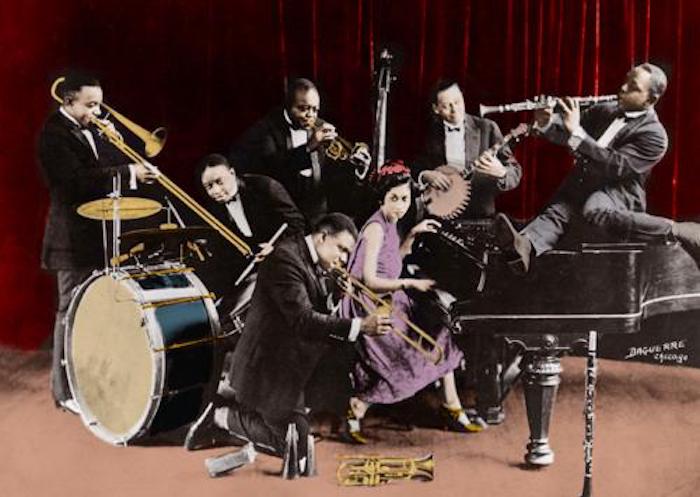
Chicago played a leading role in the performance, recording, and artistic evolution of jazz in the early and mid-twentieth century. Thanks to its industrial might, young workers from throughout the nation and the world moved here and many had discretionary income to spend on entertainment.
The Great Migration of African Americans from Southern states also occurred during this time. The city’s increased numbers created a new demand for cabarets, cafes, restaurants, dance halls, amusement parks, and movie houses, particularly on the South Side, while also stimulating the market for musically accomplished entertainment there and in the city’s “bright light” districts.
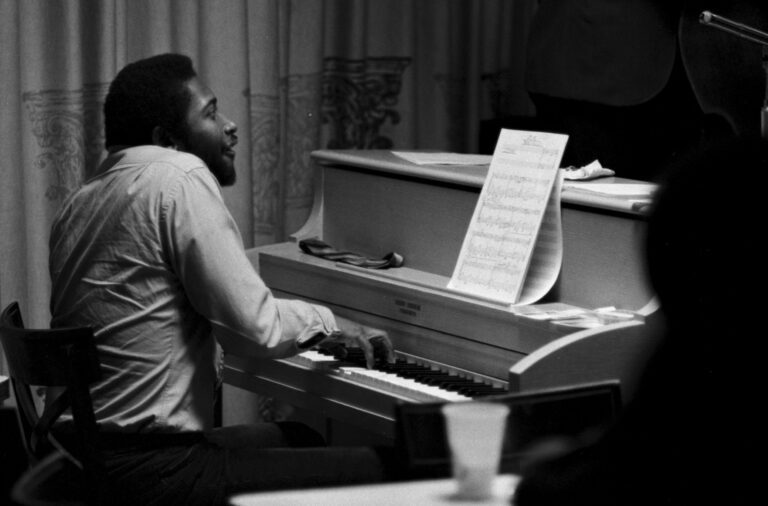
Pianist John Hicks performing at Joe Segal’s Modern Jazz Showcase at the North Park Hotel, Chicago, Illinois, March 15, 1970. CHM, ICHi-103334; Raeburn Flerlage, photographer
The Studs Terkel Radio Archive features a remarkable collection of interviews with jazz figures, including pianist and composer Mary Lou Williams, musician Jabbo Smith, and pianist and composer Eubie Blake. Listen to the collection of jazz interviews now.
Explore the Studs Terkel Radio Archive, which features more than 1,200 programs and interviews with the twentieth century’s most fascinating people.
For International Dance Day, established by the International Theatre Institute in 1982, we’re spotlighting legendary ballerina and innovative choreographer, Ruth Page.
She brought world-class dance to Chicago’s stages as artistic director of the Chicago Opera Ballet, Lyric Opera Ballet, and Ravinia Festival. Page was the first American guest ballet soloist with The Metropolitan Opera and collaborated extensively with the visionary artist and landscape architect Isamu Noguchi. Her legacy continues to be celebrated in Chicago through the Ruth Page Foundation, which includes a performing arts center and dance school, the annual Ruth Page Awards for outstanding dance achievement in Chicago, and the Ruth Page Week of Dance presented by the Ravinia Festival.
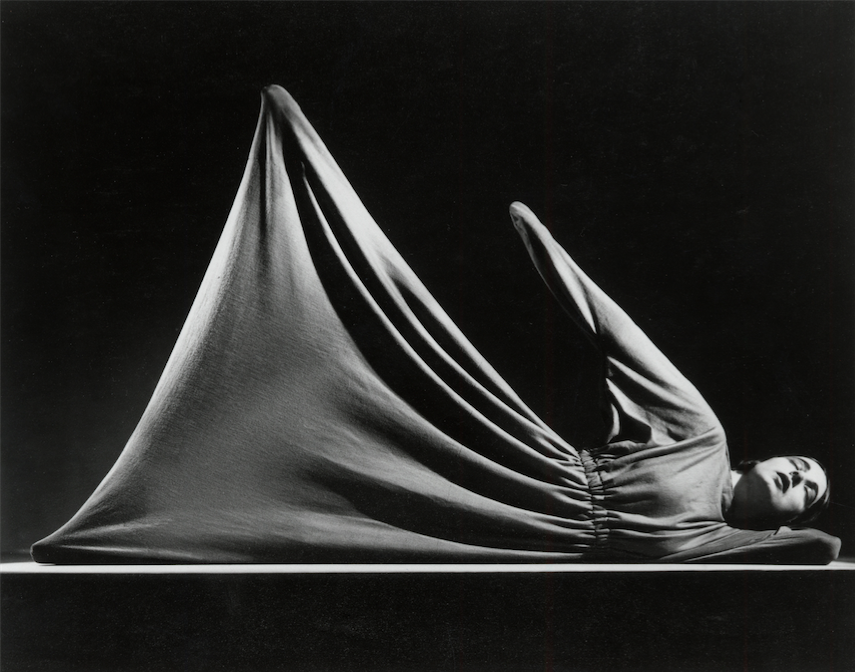
An undated photograph of Ruth Page in her costume for Expanding Universe. CHM, ICHi-031053
Off the stage, Page was known for her fashion sense, and was a favored client of Christian Dior. Peruse a collection of Dior garments below that she wore and generously donated to the Chicago History Museum’s costume collection, by far the largest donor of Dior materials. Although some of the pieces were purchased at the Dior Salon in New York, most have labels identifying them as from the House of Dior in Paris. Buying these garments would have required Page to visit the Paris salon to be measured and possibly return to the salon numerous times for fittings. Many of her pieces show signs of alterations, but a few are among the only unadulterated Dior garments in the Museum’s collection.
Christian Dior was especially fond of his very wealthy clients who could afford to be dressed from head to toe in his designs. The House of Dior offered the fashionable woman a full range of clothing and accessories—first offering Christian Dior hats, followed by shoes, gloves, jewelry, hosiery, cosmetics, and even perfume. The fashion house offered a woman every clothing need she may have for day, cocktail, and evening occasions—from underwear to outerwear. For some of his most favored clients, Christian Dior was involved with every fashion choice, offering suggestions and often making the final decision on what was best for the entire ensemble. Many famous designers followed Dior’s lead in the creation of accessory lines and licensing of their names to create the bulk of their gross annual sales.
Dior Garments Donated by Ruth Page
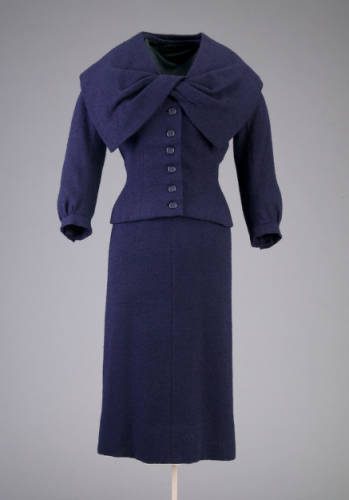
Suit of dark blue wool crepe, 1954.
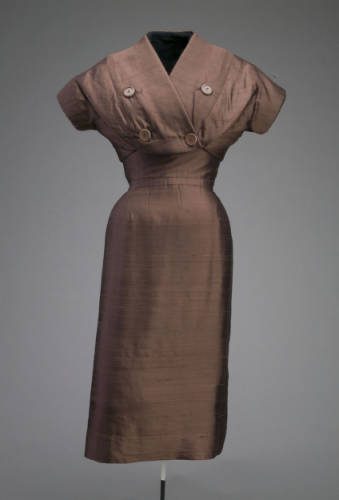
Afternoon ensemble of dark brown shantung silk, 1955.
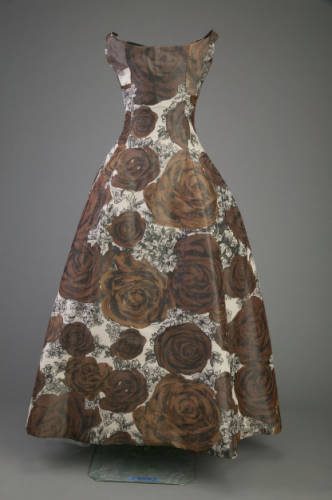
Evening dress floral-print taffeta in white, black, and light and dark brown, 1953.
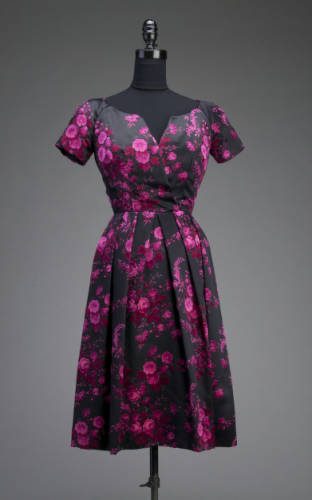
Evening gown of black and dark pink floral printed silk velour, c. 1953.
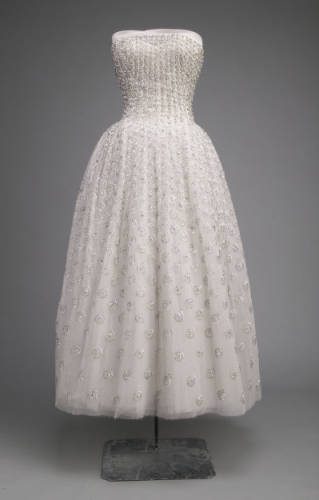
Evening dress of light pink tulle with silver-colored sequin and rhinestone trim, 1953.
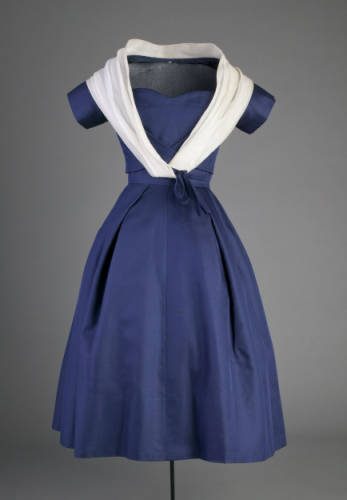
Dress of dark blue silk taffeta, 1956.
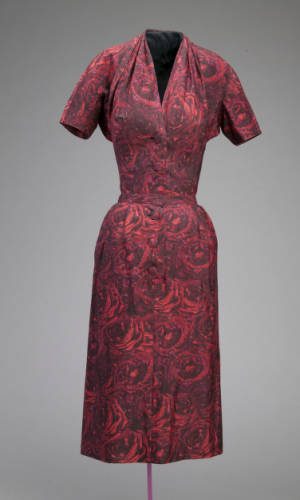
Ensemble comprising two interchangeable bodices, skirt, belt, jacket, and matching bag (not shown), c. 1954.
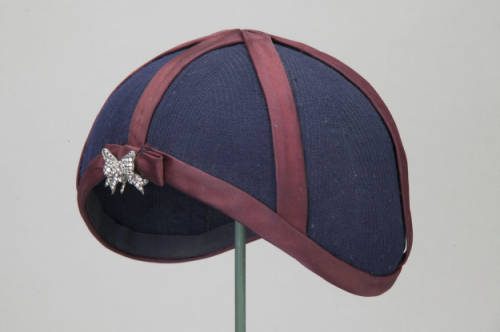
Hat of dark blue wool felt with red silk satin ribbon trim and rhinestone bow, c. 1954.
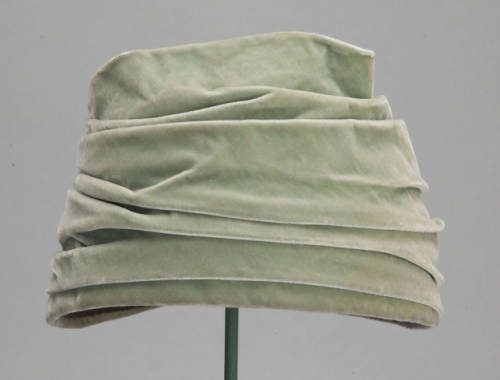
Hat, toque-style, of light green, 1950.
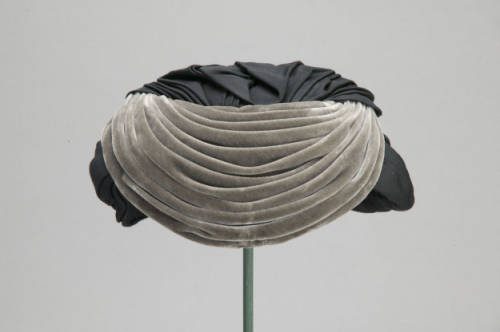
Hat of gray silk velvet and black silk taffeta, 1954.
We love Chicago sports history, so we spent the weekend binge-watching The Last Dance. The ten-part documentary by ESPN Films covers the Bulls 1997–98 championship season, the last year of the Bulls’ NBA dominance. The Chicago History Museum is home to several items from the championship teams of the 1990s.
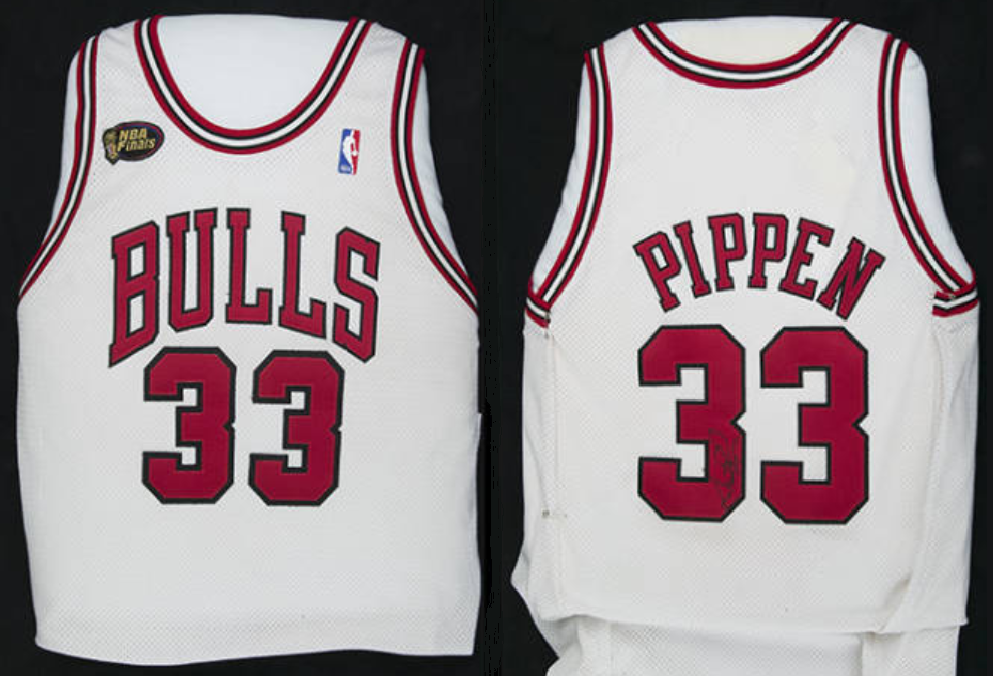
Scottie Pippen wore this jersey during the 1998 championship series. He was on all six of the Bulls’ championships teams. Pippen, a top-five draft pick from the University of Central Arkansas, arrived in Chicago in 1987. As a small forward, Pippen helped establish the once-struggling franchise as the team to beat in the NBA. Though he was almost always overshadowed by Jordan’s superstardom, Pippen built a reputation as a gritty player who was an essential part of the Bulls dynasty. His retirement from the NBA led to the Bulls retiring his #33 jersey. CHM, 2005.82.3

This Chicago Bulls fans’ souvenir helmet was one of the many items Chicago Bulls fans wore to demonstrate their support of and devotion to their team. The same year that this helmet was made, the Chicago Bulls won the 1998 NBA Championship. The Bulls’ name refers to Chicago’s long history as a center of livestock trading. CHM, 1998.93a-c
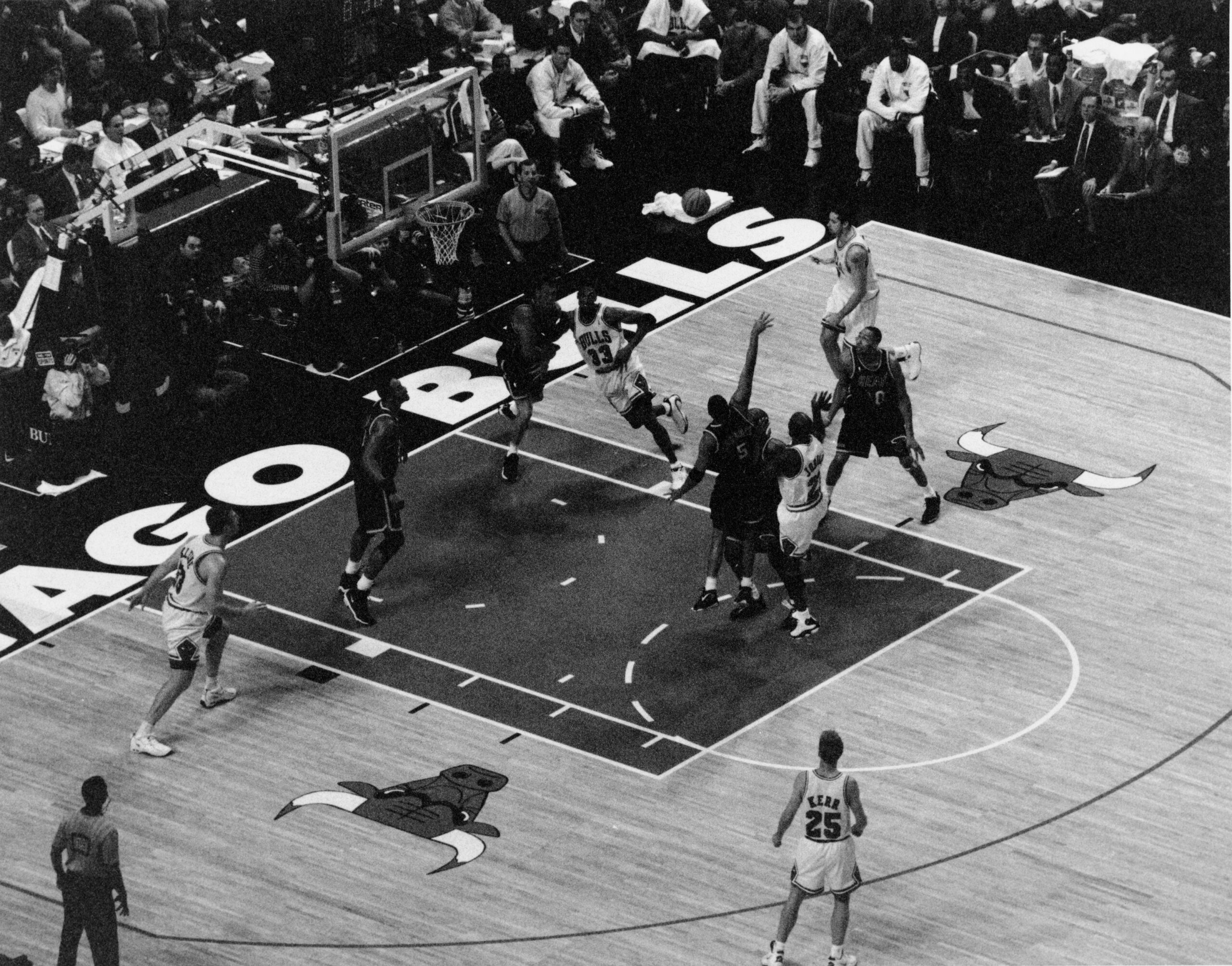
This photograph was taken during the 1997–98 season at a home game at the United Center. CHM, ICHi-040439; Betty Kubis, photographer
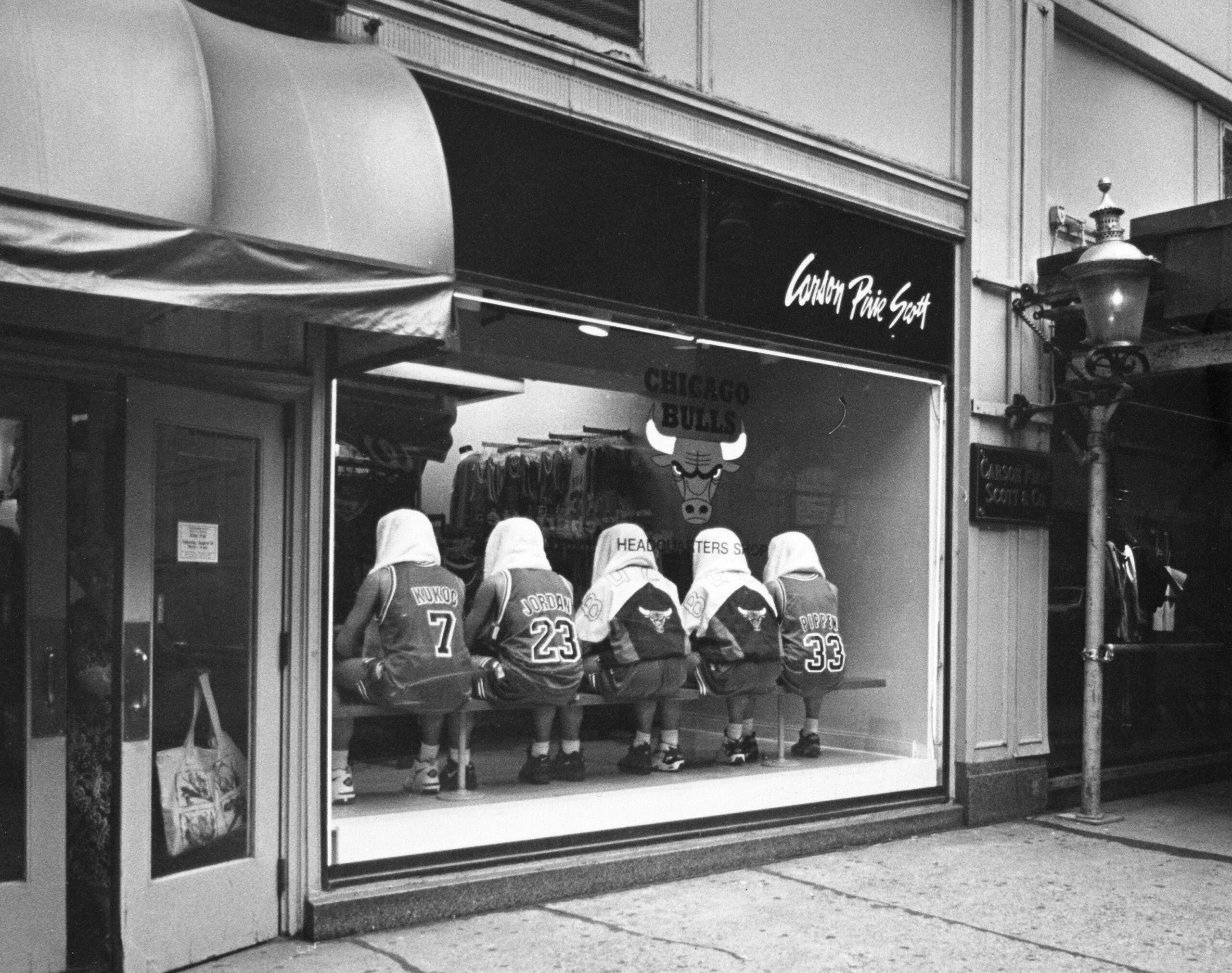
Even the city’s department stores got in on the action. This Carson Pirie Scott window features a display of mannequins posed as Chicago Bulls basketball players sitting on a bench, Chicago, August 16, 1995. Uniforms from left: Toni Kukoc (#7), Michael Jordan (#23), and Scottie Pippen (#33). CHM, ICHi-068388; John McCarthy, photographer
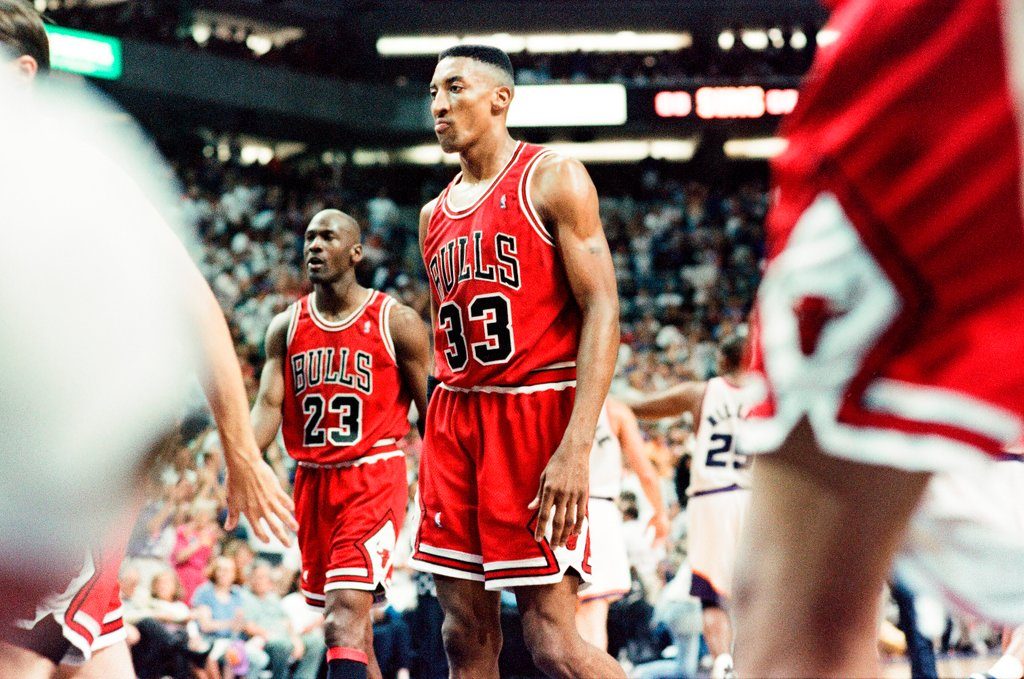
Scottie Pippen (#33) and Michael Jordan (#23) during game 2 of the NBA Finals against the Phoenix Suns, June 11, 1993. ST-10000029-0024, Chicago Sun-Times Collection, CHM
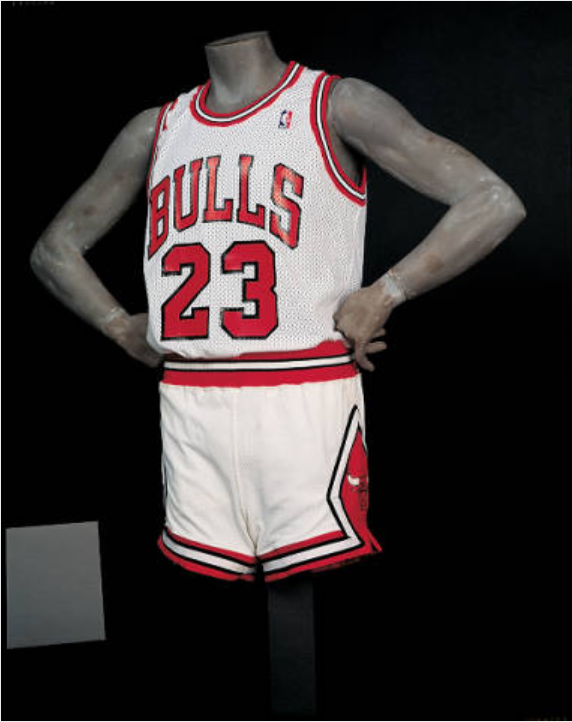
Michael Jordan wore this uniform during the 1989–90 season. The Bulls were founded in 1966. Despite great players such as Bob Love, Jerry Sloan, and Norm Van Lier, they failed to capture a single NBA championship until 1991, when Michael Jordan and coach Phil Jackson led the team to the first of six championships during the 1990s. The number 23, worn by Jordan, was retired for the Chicago Bulls franchise. CHM, 1990.83c-d
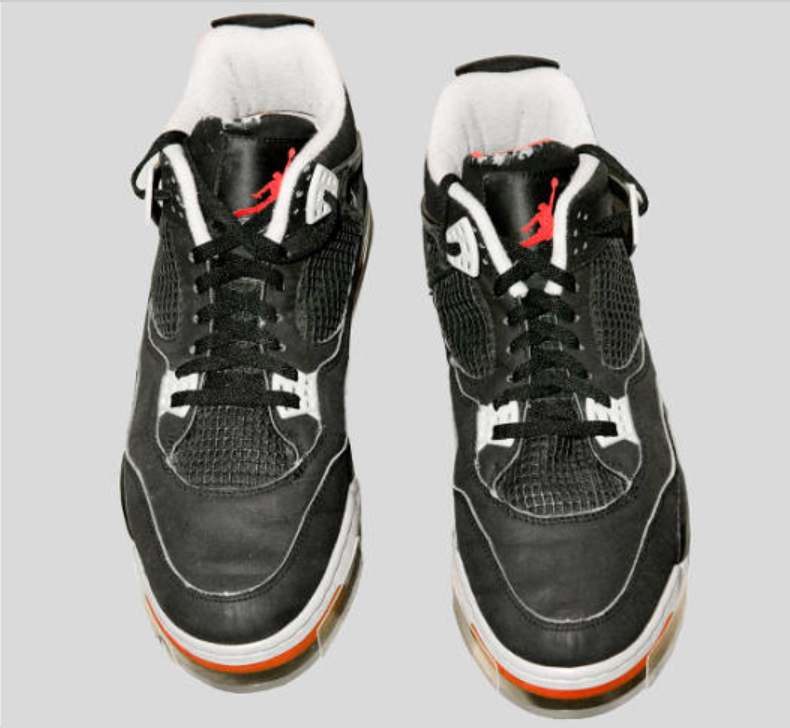
These Nike basketball shoes were most likely on Michael Jordan’s feet when he took “the Shot” that led the Chicago Bulls to victory against the Cleveland Cavaliers during the first round of the 1989 Eastern Conference playoffs. While they ultimately lost to the Pistons, Michael “Air” Jordan would later become one of the greatest players of all time, leading the Chicago Bulls to six championships during the 1990s, including two “three-peats” familiarly known as the “repeat three-peat.” Air Jordans remain some of the most coveted sneakers in the shoe market. CHM, 1990.83e-f
Hungry for Hot Dogs!
Read or listen to the short story Hot Dog! Follow Allan and his little sister Ruth on their adventures as they discover all the reasons the hot dog is important to Chicago’s history. Choose your favorite character and fill a thought bubble with their ideas, feelings, and dreams using drawings or words. Share your thought bubbles on social media using the hashtag #CHMatHomeFamilies.
Hot Dog Debate: Chicago Style vs. My Style
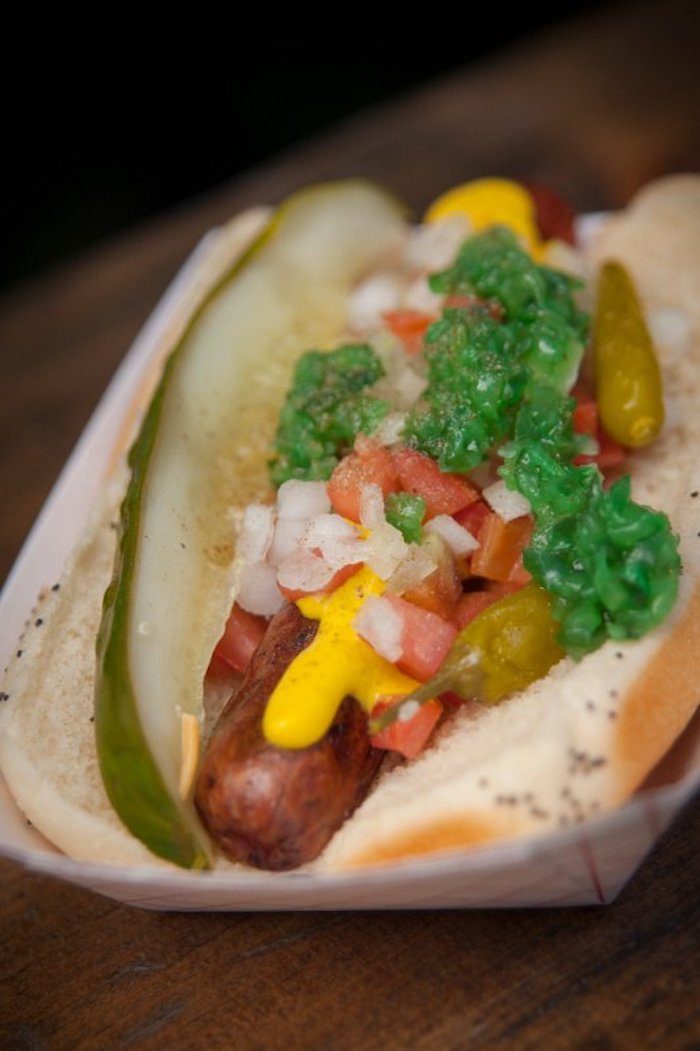
Chicago-style hot dogs have seven toppings: yellow mustard, white onions, sweet pickle relish, a dill pickle spear, tomatoes, pickled sport peppers, and celery salt. But there are lots of other ways to enjoy a hot dog. What are your favorite toppings? This activity challenges you to remix the hot dog and create a new twist on an old favorite. Share your hot dog creation on social media using the hashtag #CHMatHomeFamilies.
